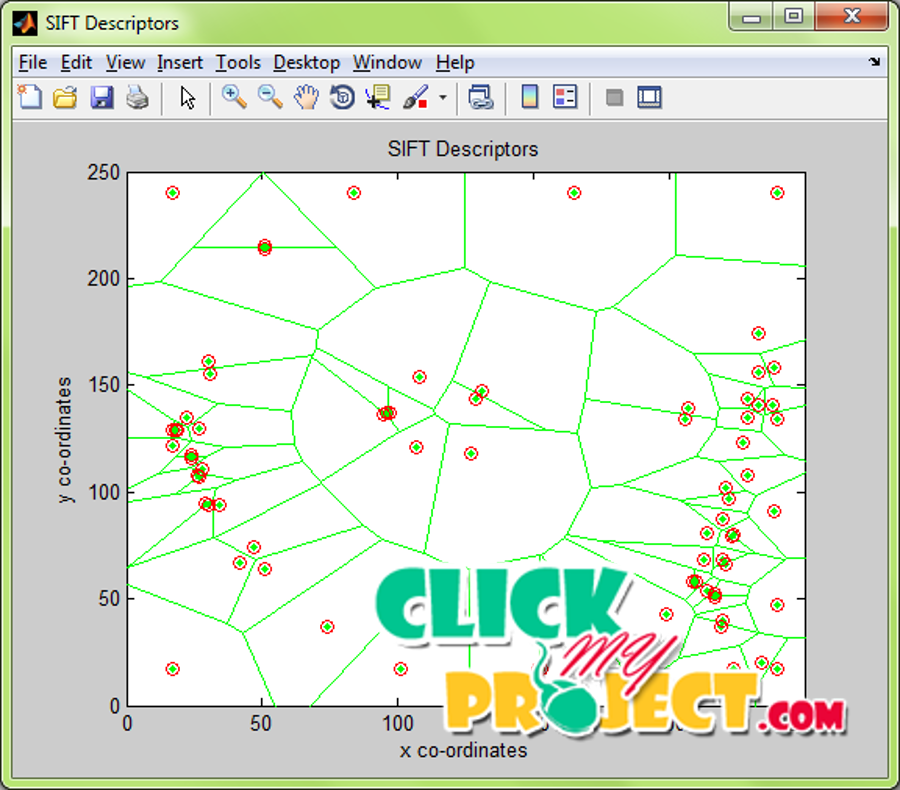Unraveling the Effect of Textured Contact Lenses on Iris Recognition
Our Price
₹3,000.00
10000 in stock
Support
Ready to Ship
Description
Individual recognition using Iris is most commonly employed in all the place. This requires some special cameras to take the Iris image and the obtained iris images were classified based on the features extracted. Only identification of person is not the application of Iris recognition. It can be developed to do many process. In this process the persons wearing lens is identified. The iris image captured from the cameras were taken. Some Iris recognition system fails because some of the recognition systems identifies the iris image in photos, also some of the recognition systems identifies the fake iris images generated by some attackers. An iris recognition system that identifies the fake iris images are much needed. The proposed iris recognition system identifies the iris images that were having lens. Inorder to identify lens applied iris and original iris image SIFT descriptors were derived from the input iris images. Before this process the iris image is preprocessed by resizing the iris image and then filtering the iris image using median filter. The preprocessed iris image is then normalized. The normalization process identifies the iris and pupil region in the image correctly and it reshapes the identified positions. The normalization process improves the efficiency. The SIFT descriptors identifies the corner points in the iris image and then the extracted points were used to generate the codebook. The code book generation processes is done using Hierarchical Visual Code book generation method. The input iris image is then identified to be original or wearing lens using Support Vector Machine classifier. The SVM classification method is based on the kernel functions. SVM arranges the feature points in hyperplanes based on the feature similarities obtained. SVM is a binary classifier and it gives a decision whether the input feature belongs to the hyperplane or not. The proposed system combines the iris recognition process along with lens detection in the iris images. The performance of our process is measured for the three cases. The calculated performance values shows that the proposed system has better performance compared to the existing systems. The proposed method is also enhanced by including a large number of methods along with the normal iris recognition process. As performance metrics we have taken accuracy, sensitivity and specificity. The calculated values shows that the proposed system has better accuracy and also additional methods are also included compared to the existing methodologies.




